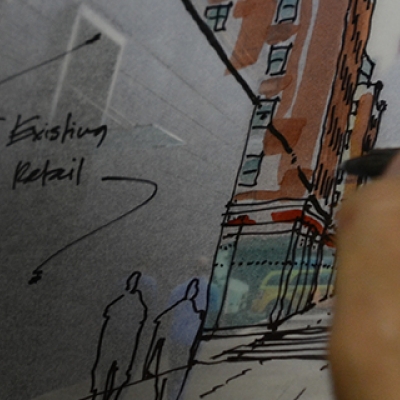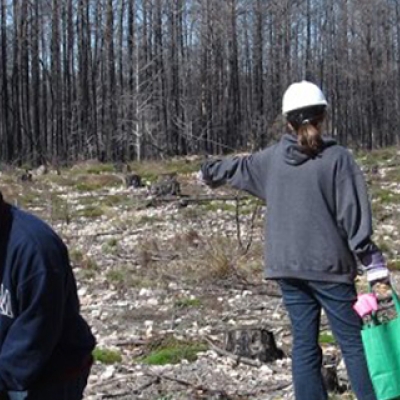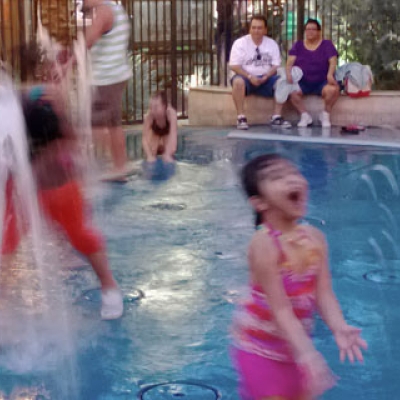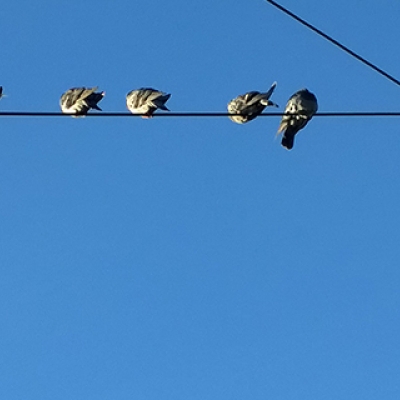
Unnatural Selection
By Emily Monosson / On November 16th, 2012
Salamanders, fish and perhaps even humans are evolving fast in response to toxic chemicals. Is that bad?
In the hemlock and oak forests of northeastern Connecticut, Steve Brady stood thigh deep in black muck and scooped up a handful of spotted salamander eggs. A Yale PhD student, he had once fancied himself zipping across tropical waters in a Zodiac boat or scanning rainforest canopies in search of exotic birds. Instead, he had just planted his budding career as an evolutionary biologist in a muddy ditch.






